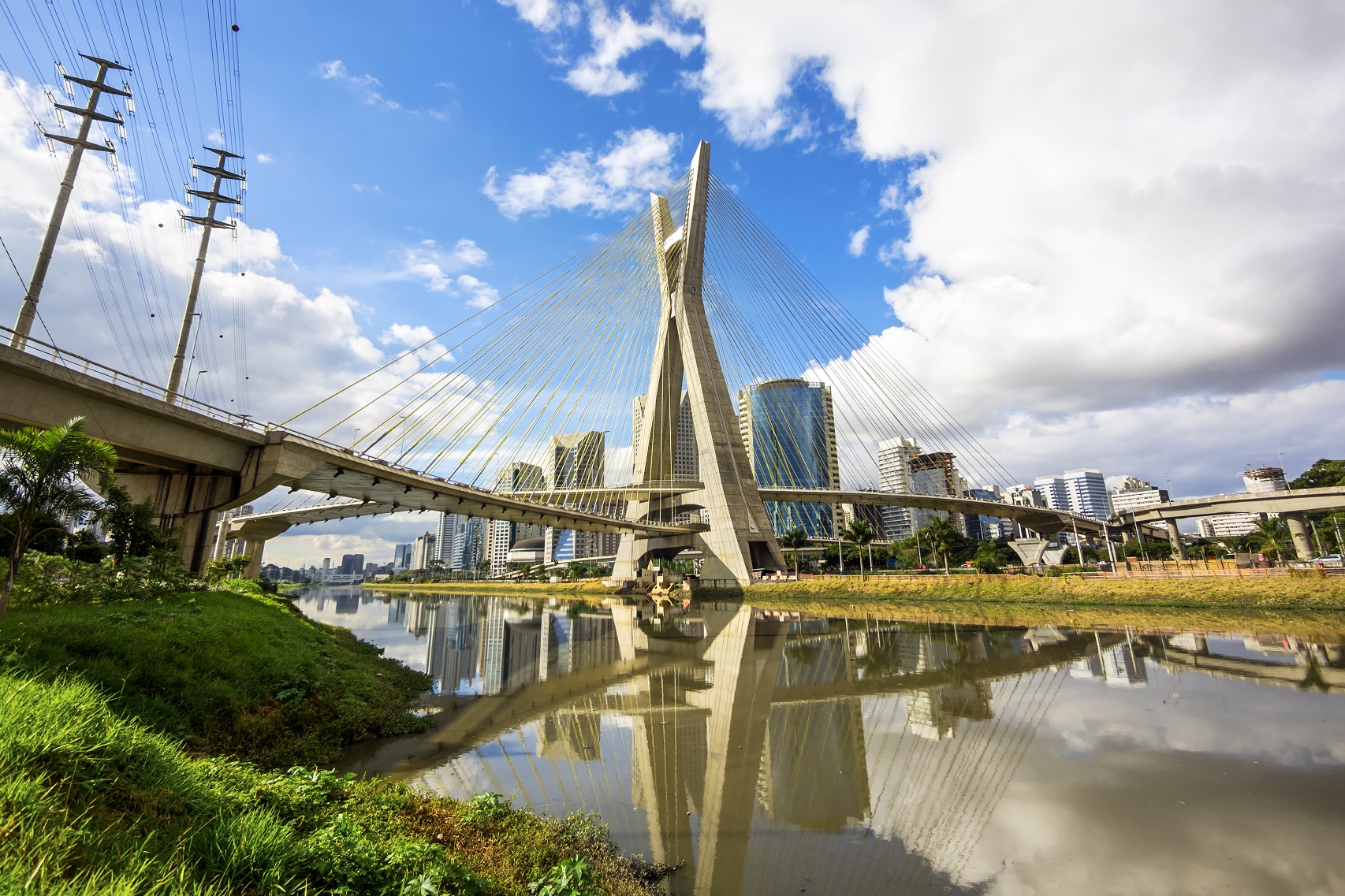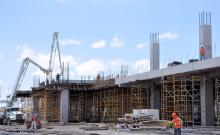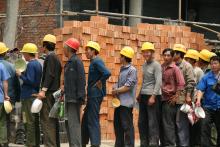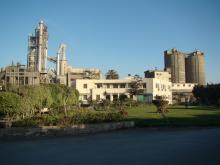
According to GlobalData’s report, ‘Construction Market Size, Trends and Growth Forecasts by Key Regions and Countries, 2022-2026’, Latin America’s 5% growth is down from a 12.8% increase in construction output over 2021, as the region struggled during the pandemic. Latin American countries have experienced varying output levels with Brazil, Latin America’s largest economy, surpassing pre-pandemic output levels in 2021, along with Argentina and Peru. Mexico’s performance, however, has been sluggish, with the country struggling to regain output lost in 2020 and is only expected to reach pre-pandemic levels by 2025.
Jack Riddleston, an economist at GlobalData, comments: “After a sharp fall in output, a low base effect combined with fiscal stimulus and accommodating monetary policy spurred a strong recovery in construction output over 2021. The fiscal response to the pandemic largely separated countries in the region as public works soaked up much of the losses to the private sector. In Brazil, a large-scale fiscal response drove much of the recovery in output. In Mexico, on the other hand, the government sought to control the deficit leading to a muted fiscal response and consequently a sluggish recovery in output.”
The global surge in commodity prices and supply-chain fragilities has led to rampant inflation. Inflation has run into double figures in major economies in the region, such as Brazil and Argentina, with Argentina’s surpassing 50% in 2021. Construction material costs such as steel, lumber and concrete have weighed on the value chain, causing delays and cost hikes. On a positive note, higher prices in commodities have benefitted much of Latin America; soaring copper, lithium and other base metal prices have resulted in increased export earnings and tax revenue, which bodes well for a more positive investment climate.
Aggressive monetary tightening was adopted gradually in the latter half of 2021 in response to increasing price pressure in the region, raising interest rates above pre-pandemic levels in many cases. The residential sector looks to suffer most from the increase in interest rates. As mortgage acceptance rates decline, real incomes fall, and the withdrawal of fiscal stimulus will drive down housing demand. The increased public debt burden from the policy change will likely tighten public spending.
Riddleston concludes: “Continued growth in public works and accelerated investment in energy and primary industry construction will drive growth into 2022. However, the faltering macroeconomic environment, monetary tightening and the withdrawal of fiscal stimulus will put downward pressure on construction output growth.”










